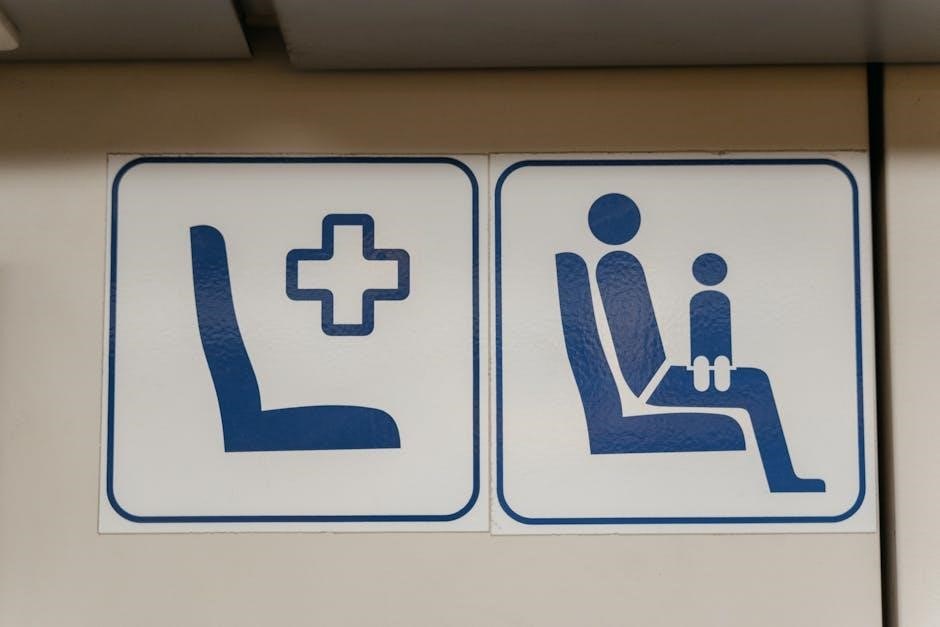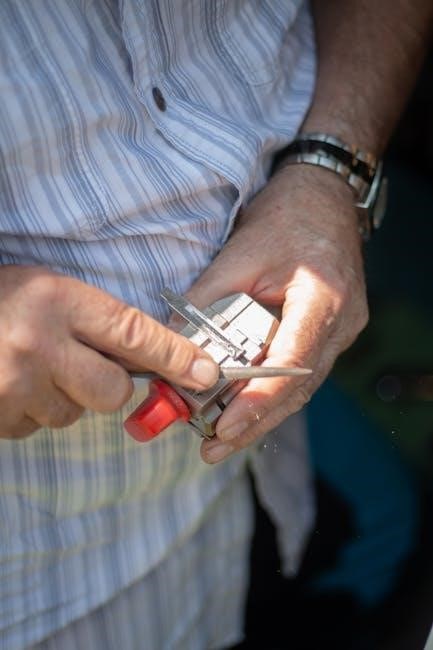Eye wash station instructions are crucial for ensuring proper use and maintenance, read and follow all instructions carefully to prevent eye damage and vision loss, using
- steps
is recommended.
Importance of Following Instructions
The importance of following eye wash station instructions cannot be overstated, as failure to do so may result in serious eye damage and vision loss. It is essential to read and follow all instructions carefully to ensure proper use and maintenance of the eye wash station. This includes understanding the correct procedure for activating the eye wash, as well as the importance of regular inspections and maintenance. By following the instructions, individuals can help prevent eye injuries and ensure a safe working environment. Additionally, following instructions can help to reduce the risk of microbial contamination and ensure that the eye wash station is functioning properly. It is also important to note that instructions may vary depending on the type of eye wash station, so it is crucial to familiarize oneself with the specific instructions for the station being used. Regular training and education can also help to emphasize the importance of following instructions.

Weekly Inspection Requirements
Inspect eyewash stations weekly, checking water levels, pressure relief valves, and ensuring
- proper function
to prevent eye damage and vision loss, following specific guidelines.
Checking Water Levels and Pressure Relief Valves
Checking water levels and pressure relief valves is a critical component of weekly inspections for eyewash stations. This involves verifying that the water level is at the recommended height and that the pressure relief valve is functioning properly. The pressure relief valve should be checked to ensure it is working correctly, and any issues should be addressed promptly. According to the American National Standards Institute (ANSI) standard Z358.1-2014, eyewash stations should be inspected regularly to ensure they are in good working order. The inspection should include checking the water level, pressure relief valve, and other components to ensure they are functioning as intended. By following these guidelines, employers can help prevent eye injuries and ensure a safe working environment for their employees. Regular inspections can help identify potential issues before they become major problems, and prompt repairs can help prevent accidents.

Maintenance and Repair Procedures
Repair procedures should follow the manufacturer’s installation and operation manual carefully every time.
Following Manufacturer Instructions
It is essential to follow the manufacturer’s instructions for the eye wash station to ensure proper maintenance and repair. The manufacturer’s manual provides specific guidelines for the installation, operation, and maintenance of the eye wash station. By following these instructions, users can ensure that the eye wash station is functioning correctly and providing the necessary protection for employees. The manual will also provide information on how to troubleshoot common issues and perform routine maintenance tasks. Additionally, the manufacturer’s instructions will outline the necessary steps for repairing and replacing parts, which is crucial for maintaining the eye wash station’s effectiveness. Using the manufacturer’s instructions will also help to prevent accidents and injuries, and ensure compliance with regulatory requirements. Overall, following the manufacturer’s instructions is critical for the proper use and maintenance of the eye wash station, and should be a priority for all users. Regular reviews of the manual are recommended.

Preventing Infections and Contamination
Regularly activating plumbed systems reduces microbial contamination, following ANSI standard Z358.1-2014 guidelines is recommended for eye wash stations to prevent infections.
Activating Plumbed Systems
Activating plumbed systems is a crucial step in preventing infections and contamination in eye wash stations. According to the American National Standards Institute (ANSI) standard Z358.1-2014, plumbed systems should be activated weekly to reduce microbial contamination. This can be done by turning on the water supply and allowing the system to run for a few minutes. The ANSI standard also recommends that the system be activated for at least 3 minutes to ensure that the water is flushed out and the system is clean. Additionally, the standard suggests that the system be activated at the same time every week to ensure consistency and to prevent contamination. By following these guidelines, eye wash stations can be kept clean and free of contamination, reducing the risk of infection and ensuring a safe and healthy environment. Regular activation of plumbed systems is essential for maintaining a safe and effective eye wash station.

Assigning Responsibilities
Personnel should be assigned to check eyewash liquid level daily using
- schedules
and following proper protocols.
Environmental Health and Safety (EH&S) Role
Environmental Health and Safety (EH&S) plays a crucial role in ensuring the proper maintenance and inspection of eye wash stations. They are responsible for performing annual inspections on eye wash stations and safety showers. EH&S will also test safety showers due to the need for special equipment to contain the discharge water. Additionally, EH&S will provide guidance on the proper use and maintenance of eye wash stations, including the activation of plumbed systems to reduce microbial contamination. They will also ensure that all eye wash stations are easily accessible and have highly visible signs near the stations. EH&S will work with departments to ensure that eye wash stations are properly maintained and that employees are trained on their use. This includes providing instructions on how to activate the eye wash station and how to check the eye wash liquid level daily. EH&S will also ensure that all eye wash stations are in compliance with the American National Standards Institute (ANSI) standard Z358.1-2014.
